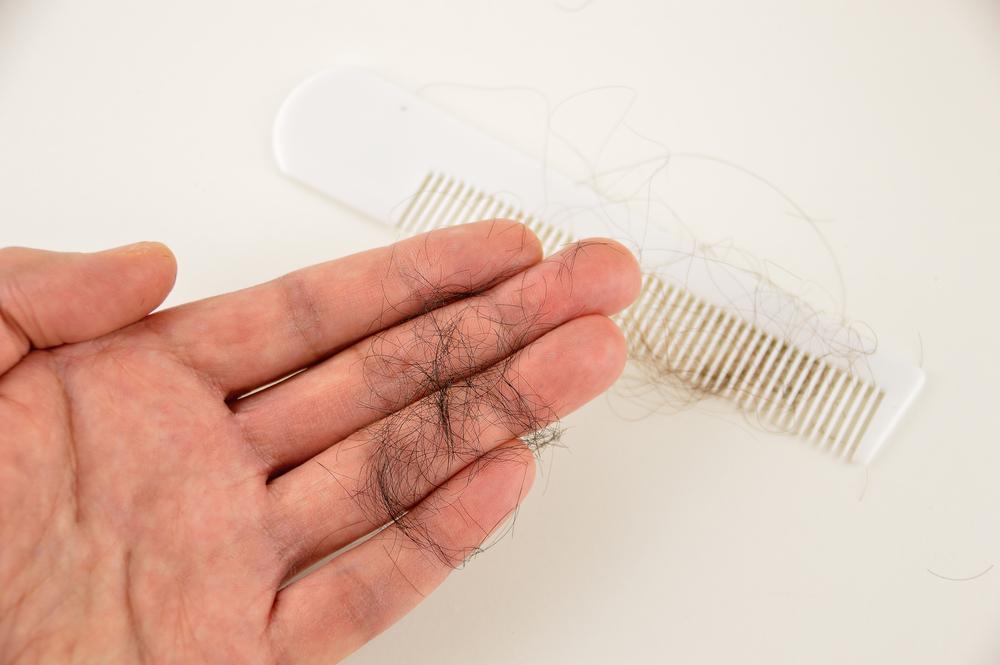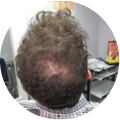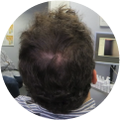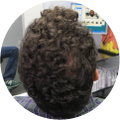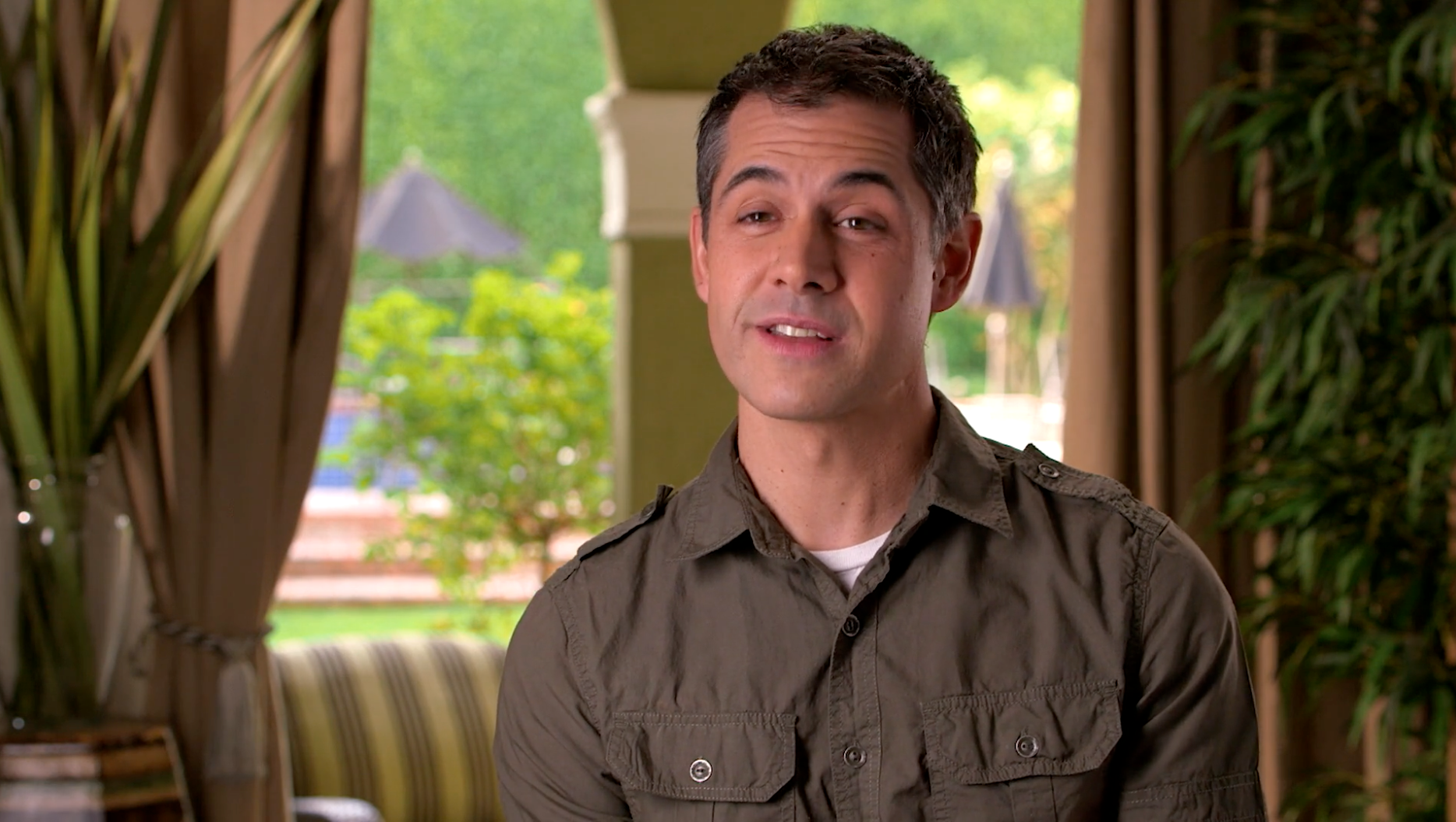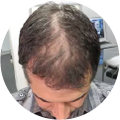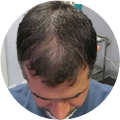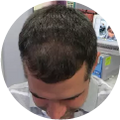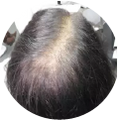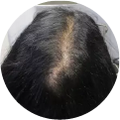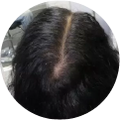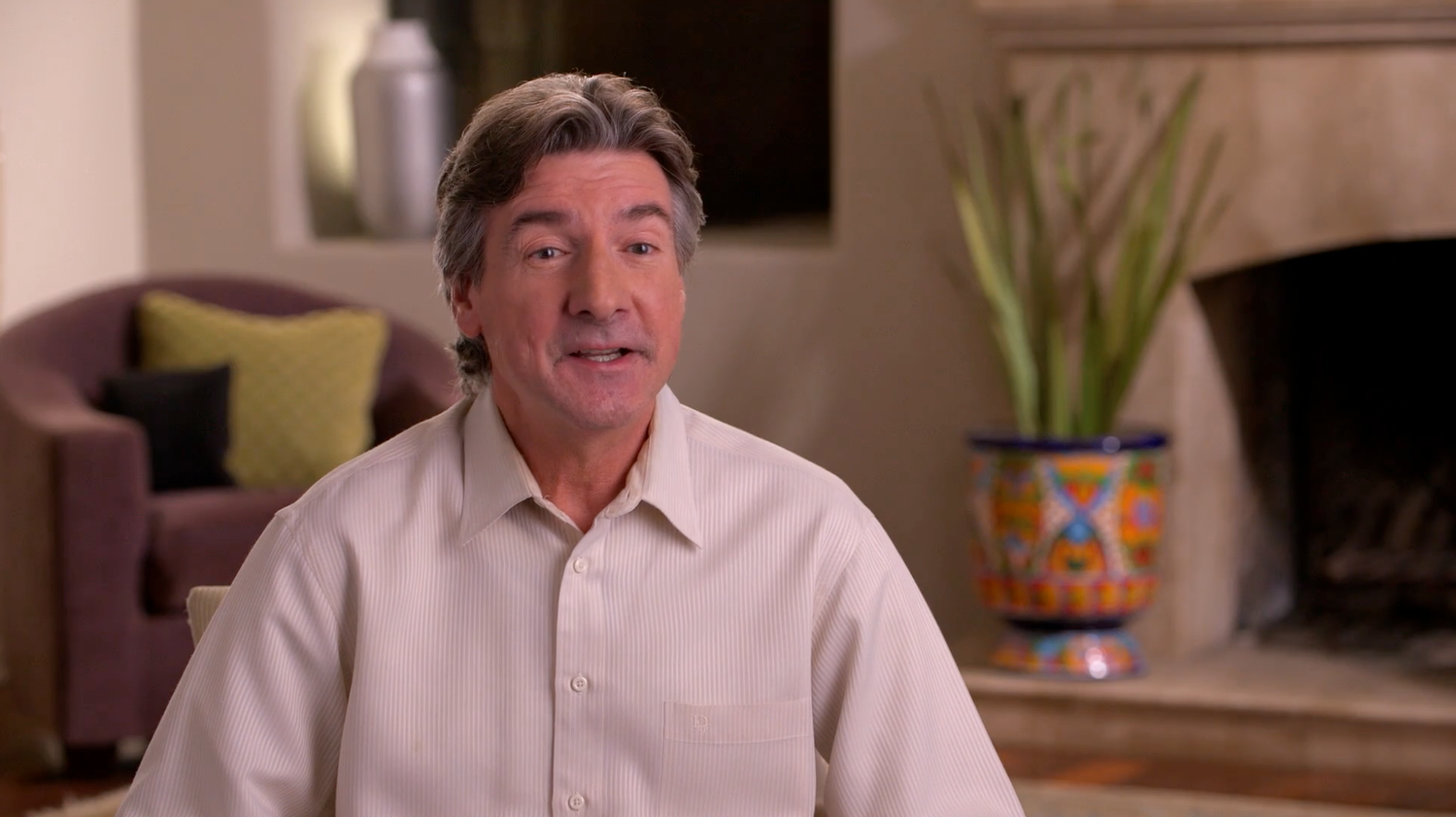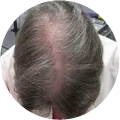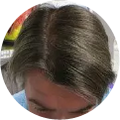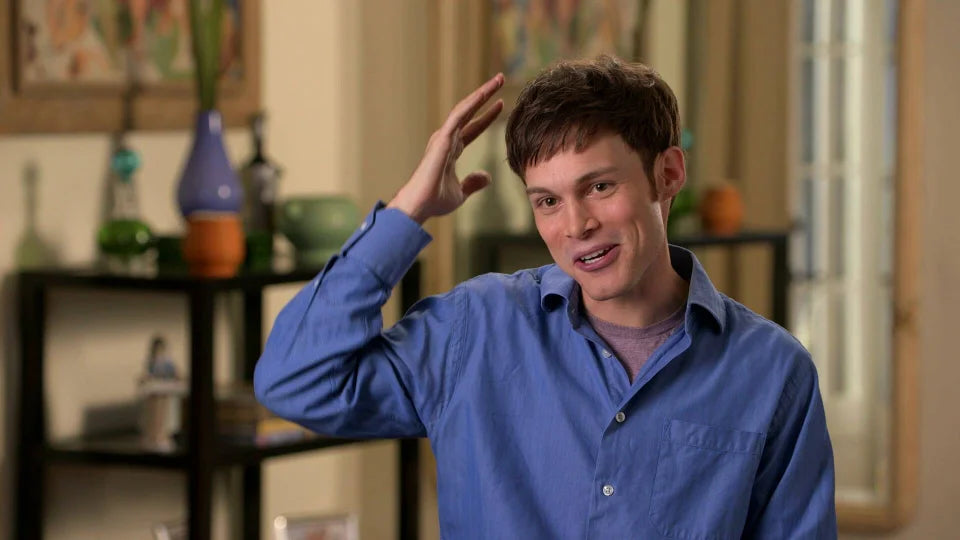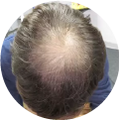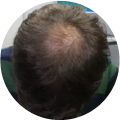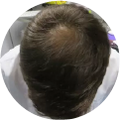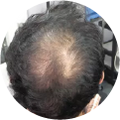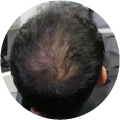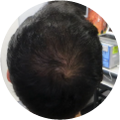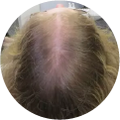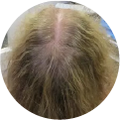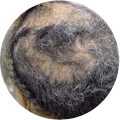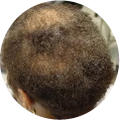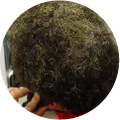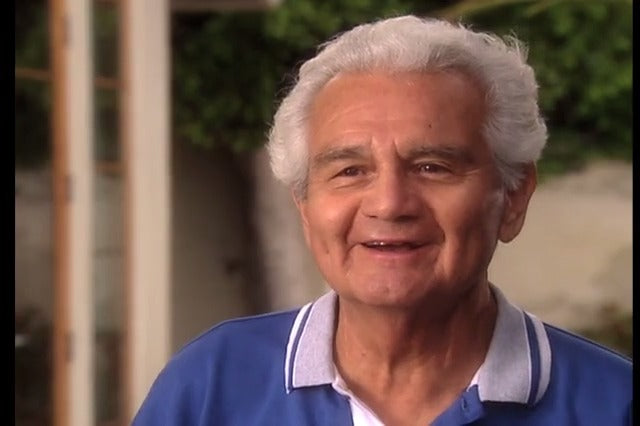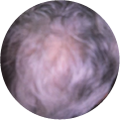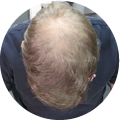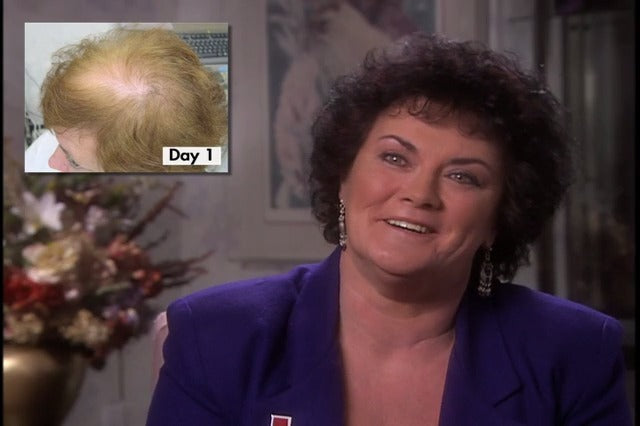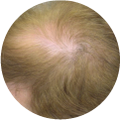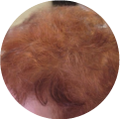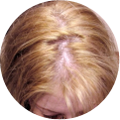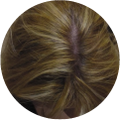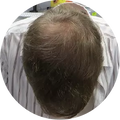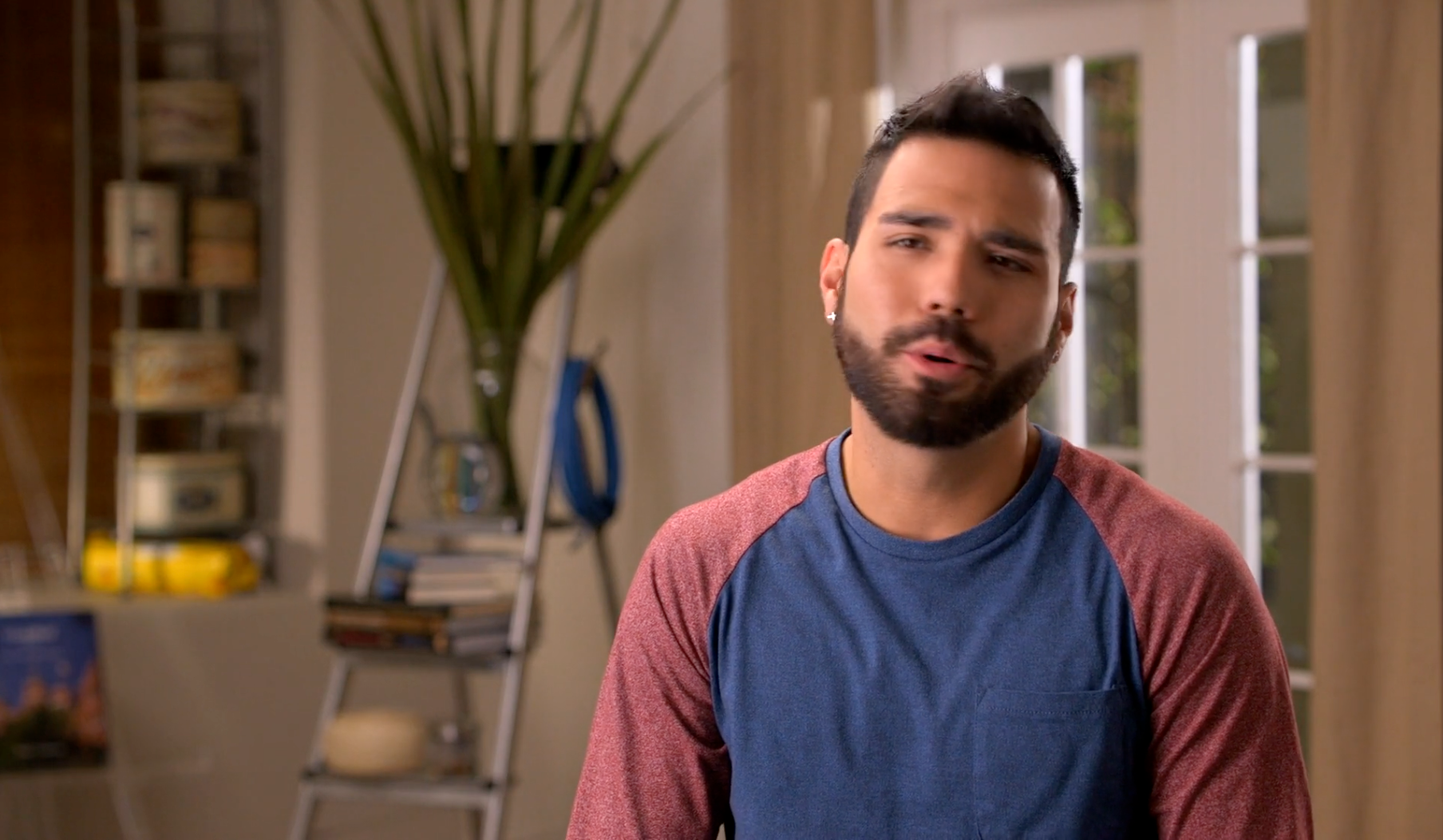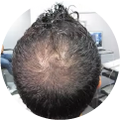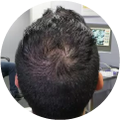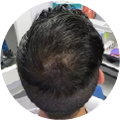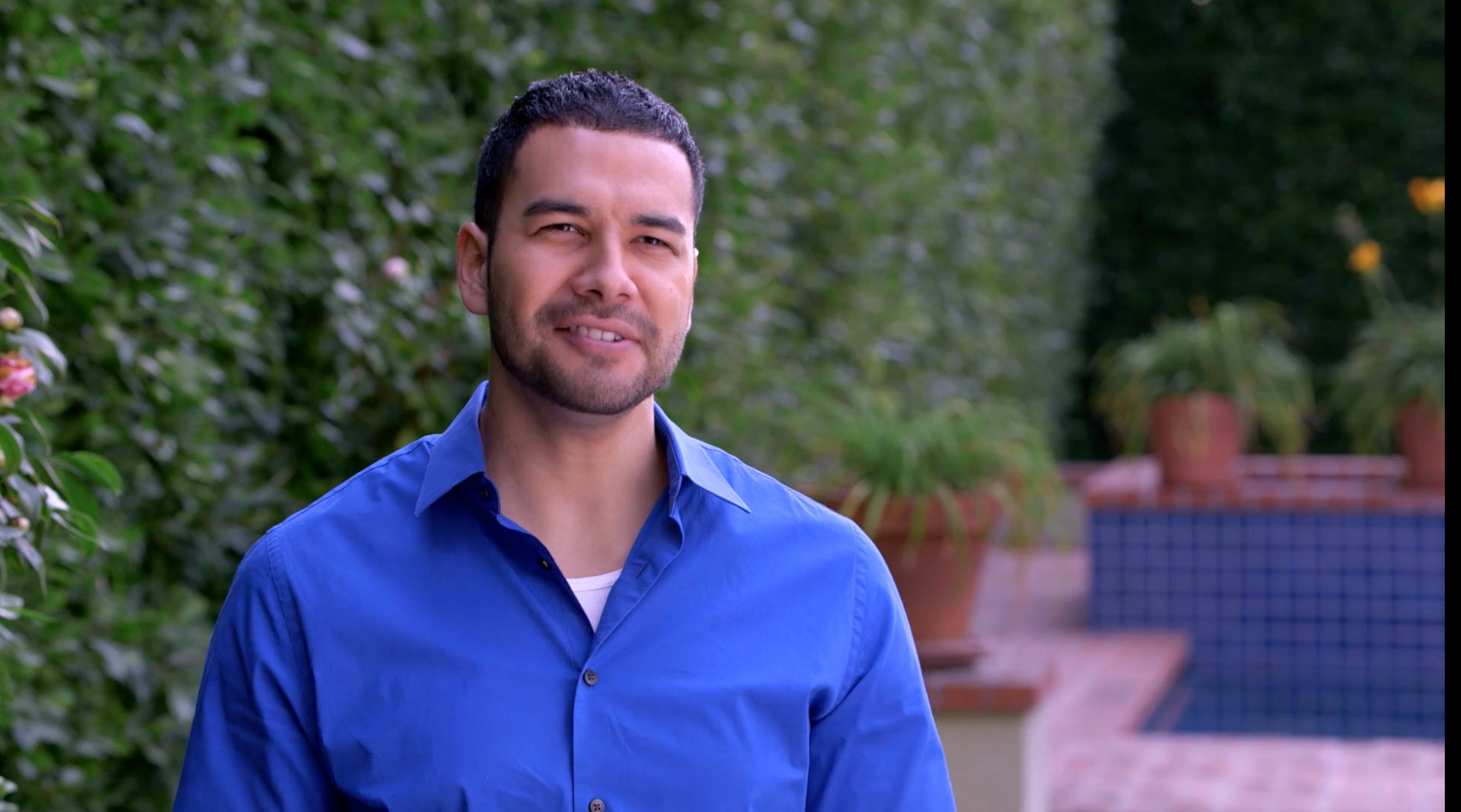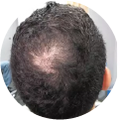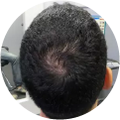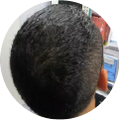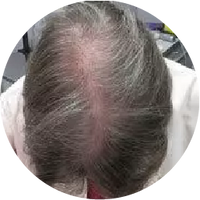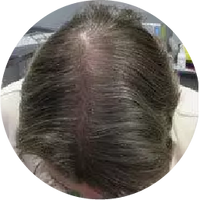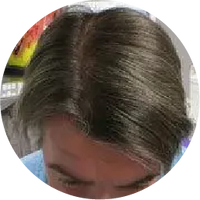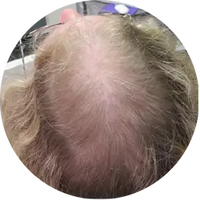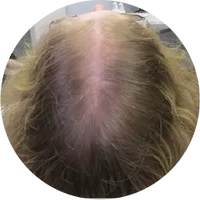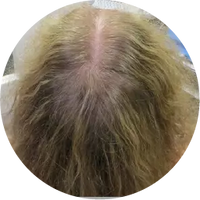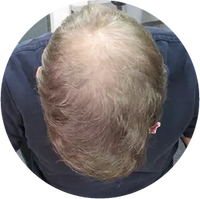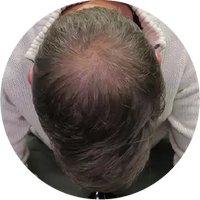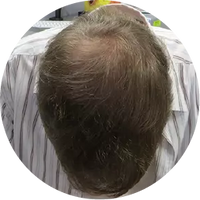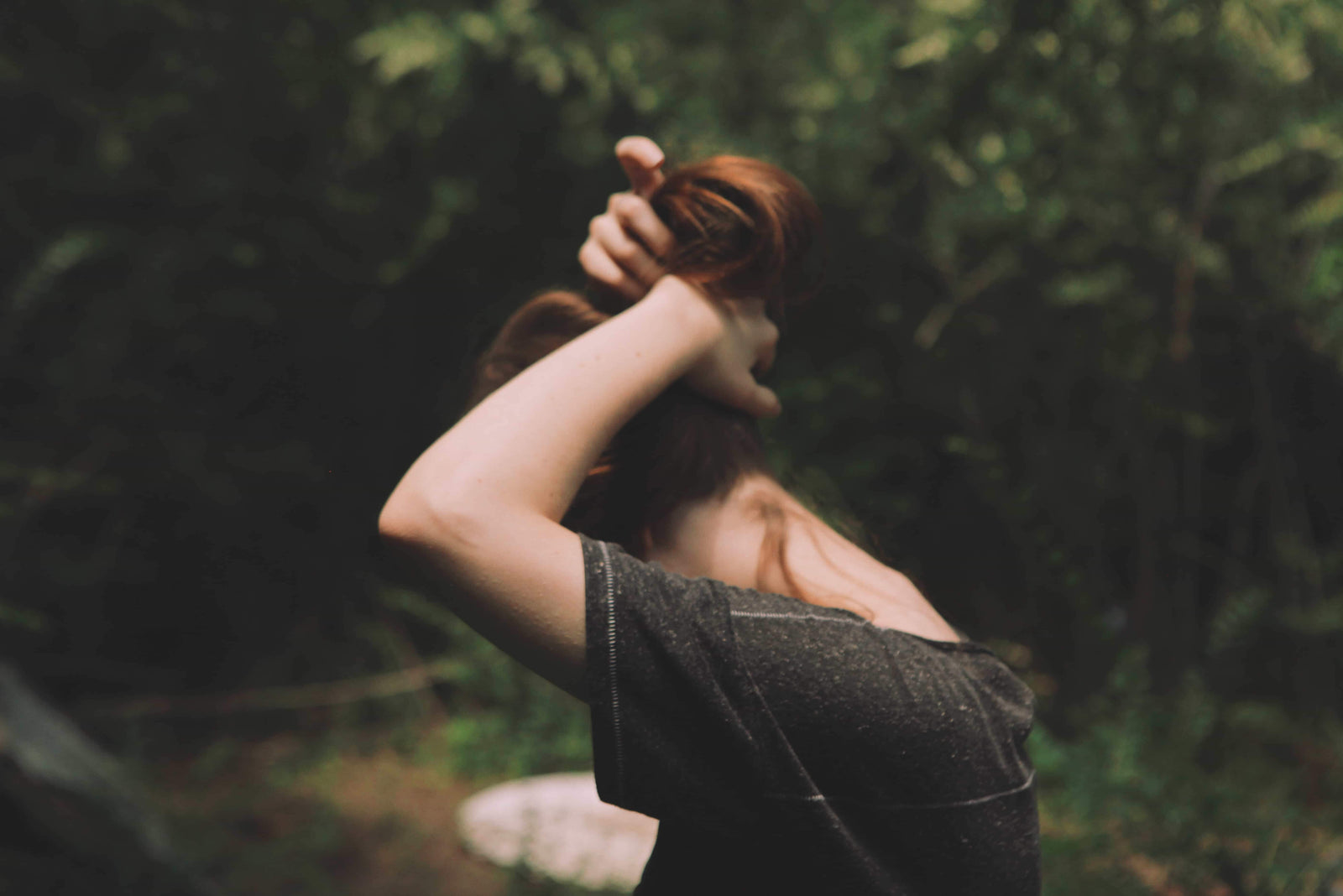
You lose 50 to 100 hairs a day just from washing, drying, and brushing your hair and existing in the world. That’s part of hair’s natural cycle. Hair grows, dies, and regrows. The average human head features about 100,000 hair follicles, ensuring that that daily cycle is practically unnoticeable. However, there also are many people who experience loss and attempt to regrow hair with a variety of methods.
Hair growth can become stunted or stop altogether based on a variety of factors, from personal health to environment to age and beyond. We often consider hair for its fashion, a way to improve or complement your look, so losing your hair can be a massive blow to your self-esteem and sense of identity. However, hair loss isn’t the end of the world, and many people who have lost their hair have gone through the regrowth process to increase hair growth and strengthen their locks to even greater glory. Let’s take a look at the stories of some of these people.

Kimber
Kimber first began losing hair around 2006, but she began losing significant amounts of hair in November of 2010. After a trip to her doctor and dermatologist, a biopsy found that she showed signs of female pattern baldness. Female pattern baldness is often permanent and caused by aging or sudden changes in hormone levels.
Kimber later went to another doctor for an allergy shot and another opinion. His suggestion: take more complex B vitamin and B6. Along with these B vitamins, Kimber included copper, zinc, and evening primrose oil supplements. She washed her hair with an anti-dandruff treatment, and within two weeks, her hair began to thicken up again. In the end, her hair actually looked thicker and healthier than it did when she was in high school. Thankfully, there are also products such as ScalpMed that help work to reverse the loss.
Molly
Molly Vazquez was a healthy 12-year-old girl when she noticed a bald spot on her head. A trip to the doctor found that Molly was suffering from alopecia areata, an autoimmune disease affecting about 2 percent of Americans. Alopecia occurs when your immune system mistakenly attacks your hair follicles, potentially preventing hair growth on all parts of the body, not just on top of your head.
The disease affects mainly those under 20 years of age, but the damage caused to the follicles is thankfully not permanent. However, about 10 percent of those affected by alopecia may never grow their hair back. You are more likely to have permanent hair loss if:
• Your family has a history of alopecia
• You have alopecia before puberty or longer than one year
• You have another autoimmune disease
• You are prone to developing atopic syndrome or other allergies
There are various treatments for alopecia areata, though many choose to wait it out and forego treatment. The most common form of treatment is corticosteroids, which can be injected directly into the scalp or applied topically.
Instead of complex treatments, Molly decided to take control of her life, fighting back against alopecia by making changes to her diet and lifestyle. She focused her diet on organic, natural foods, cutting out gluten, refined sugars, caffeine, and dairy. Her family also removed any household products containing known toxins and replaced them with safer alternatives. With those changes, Molly grew back her hair and even helped her family overcome their own health issues.
Amy
Amy Medling is a health coach and survivor of polycystic ovarian syndrome (PCOS). Polycystic ovarian syndrome is a common disorder of the endocrine system. The exact cause of PCOS is unknown, but many women suffering from it may have enlarged ovaries containing small sacs filled with fluid known as follicles. Polycystic ovarian syndrome often starts in teenage years—Amy began exhibiting symptoms at the age of 18.
The most common symptom of PCOS is irregular periods, but it can also cause increased levels of the male hormone androgen. This can result in a variety of physical signs, including:
• Severe adolescent and adult acne
• Hirsutism
• Androgenic alopecia
Amy has dealt first hand with many of these problems. Using fertility drugs, she was able to give birth to two boys, but her PCOS symptoms still remained.
Amy isn’t cured of PCOS, but by living a healthy lifestyle, she has regained control of her life and kept her PCOS symptoms, including hair loss, at bay. While diet and exercise act as a foundation, Amy takes a holistic approach, concentrating on meditation, stress management, and alternative medicines to help your spirit and attitude.
Marsen
Marsen, who is now in her mid-30s, began losing her hair since she was 13 when she was diagnosed with anorexia.
In 2009, Marsen began adding iron supplements to her diet and immediately noticed reduced hair loss. After talking with her doctor, she was prescribed Ferrocite. She began losing fewer hairs and noticed thicker, healthier hair in what used to be bald patches on her scalp.
Why did increased iron work? The key is ferritin. Ferritin is a protein that binds to iron and is found in the spleen, liver, bone marrow, and skeletal muscles. Doctors can measure ferritin levels to determine if a person is suffering from anemia, particularly iron deficiency anemia. Studies have shown that iron deficiency can cause hair loss or accelerate hair loss in individuals who are hereditarily predisposed to hair loss, so theoretically, iron deficiency could mean less hair. Iron deficiency is particularly common in women who frequently have heavy periods.
Marsen’s ferritin levels were originally around 9 ng/mL for most of her adult life. Ferritin levels of 10 to 15 ng/mL are considered “normal,” but many doctors suggest levels of 50 to 70 ng/mL to replenish hair.
*Successful hair regrowth methods vary greatly from patient to patient. Iron supplements can also cause side effects and it is recommended you consult your doctor regarding the hair loss solution that’s best for you.
Jassica
Although alopecia most commonly occurs in childhood, it can happen to men and women of all ages. It has affected 6.6 million in the United States and about 147 million people all over the world.
While trying to grow her hair out, Jassica Langley-Elson noticed that her hair was growing thin and slow. Her once thick, beautiful afro was becoming patchy and losing its density. Jass eventually shaved her head to save herself from the misery of seeing her hair thinning.
Jass took to the internet to find assistance and information, but she soon realized that hair loss in women is rarely discussed, particularly in the black community. She found that many women didn’t even know they were experiencing hair loss.
Jass’ doctor told her that she suffered from alopecia areata, and much like Molly, the cause of her alopecia was unknown. Searching the Internet, Jass found information from other women who suffered alopecia but few success stories.
After years of discouraging trial and error, Jass decided to shave her head and start from the beginning. Jassica switched to natural hair products, particularly a shea butter mixture, and committed to a systematic, consistent hair regimen. With patience and plenty of prayer, Jass grew her hair back to its beautiful splendor over the course of one year. She has now been free of alopecia for over two years and loves to share her hair strengthening success story with others suffering from hair loss.
*Self-treatment success rates vary on a case by case basis. If you are experiencing hair loss, we recommend seeing a medical professional to discuss what method is best for you.
Vicky
Vicky began losing her hair in August of 2011, just a few months after being hospitalized for a bacterial virus. After noticing significant hair loss, she visited her dermatologist, who told her she had telogen effluvium caused by the high fever that accompanied her bacterial virus.
Telogen effluvium is the second most common form of hair loss. While it is poorly defined and requires more research, doctors generally understand the telogen effluvium occurs when there is a sudden decrease in the number of hair follicles during the telogen (resting) phase. This leads to shedding of telogen hairs, most noticeable for a knot of keratin at the root of the shed hair. This is characterized by uneven thinning of hair around the scalp. Most often, telogen effluvium affects the hair on top of your head than the sides or back.
The causes of telogen effluvium are hard to get a bead on as they are so varied. Giving birth, physical trauma like a car crash, and certain drugs can potentially cause telogen effluvium, but the general common denominators are dietary deficiencies and stress of any form.
After a visit to a second dermatologist who incorrectly diagnosed her with androgenic alopecia, Vicky found out that she had chronic telogen effluvium. This third dermatologist said the condition could last anywhere from 1 to 7 years and that she just had to wait.
Vicky’s hair did eventually shed less and strengthen. For most people with TE, treatments revolve around isolating any triggers, removing those triggers, and waiting for hair follicles to recover on their own. Some doctors may prescribe minoxidil, but patients should identify the specific trigger along with their minoxidil use to prevent TE from cropping up again.

Understanding Hair Loss
As you can see from the above success stories, hair loss can happen to anyone at any age for just about any reason, from vitamin deficiencies to autoimmune disorders. While you can’t always predict or prevent hair loss, there are some things you can do in your everyday to ensure that your hair stays healthy.
– Make sure you get enough iron. On top of hair loss, iron deficiency anemia can lead to constant fatigue, headaches, difficulty concentrating. Women should get at least 18 mg of iron a day. Post-menopausal women require 8 mg of iron a day. Eat iron rich foods, including fresh fish, leafy greens, beans, and fortified cereal, to make sure you get enough iron in your diet. You can also ask your doctor for an iron supplement if you think you need it.
– Avoid excessive styling. Too much shampoo, dyeing, and styling can lead to hair damage. Certain chemicals and heat weaken your hair and cause it to break or shed easily. To minimize hair damage:
o Avoid appliances that overheat your hair.
o If you must blow dry, keep the settings low and cool.
o Reduce how often you use your flat iron.
o Be careful of how you dye your hair. Too many chemicals will only hurt your hair and your scalp.
o If you use gel or spray to style your hair, avoid combing it after the product has dried as your hair is more prone to breakage.
– Learn to manage your stress. Extreme stress can easily lead to hair loss, either in the form of hair pulling or chemical disorders. From meditation to exercise, find some means of channeling your stress so that it doesn’t keep you down.
The hardest part about losing your hair is feeling alone, but thanks to the Internet, more and more people are talking about their experiences with hair loss.
There also are many products on the market that can help regrow & strengthen hair, including ScalpMed, a unique two-step hair loss solution that can help reverse male and female pattern baldness. The first step is NutriSol, a pretreatment that helps prepare your scalp for hair regrowth while eliminating buildup, itching, and flakiness. The second uses Vitadil, an FDA-approved minoxidil-based treatment formula.*
Above all, remember that beauty is just skin (and scalp) deep. The process of regrowth can be difficult and require a great deal of patience, but the length of your hair doesn’t change your kindness, compassion, or creativity. Staying true to yourself will always make you beautiful.
*Scalp Med® Vitadil contains Minoxidil, the only FDA-approved topical ingredient to help regrow hair. Scalp Med® is not endorsed by the FDA or any other government agency.
*This blog is not intended to act in place of seeing a medical professional. We recommend consulting your doctor if you are experiencing hair loss or have health concerns.












